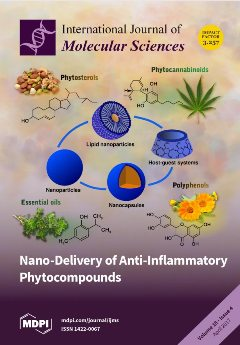1
College of Medicine, China Medical University, Taichung 40402, Taiwan
2
Department of Emergency Medicine, China Medical University Hospital, Taichung 40402, Taiwan
3
Department of Biological Science and Technology, China Medical University, Taichung 40402, Taiwan
4
Graduate Institute of Basic Medical Science, China Medical University, Taichung 40402, Taiwan
5
Department of Nursing, Meiho University, Pingtung 900, Taiwan
6
Department of Health and Nutrition Biotechnology, Asia University, Taichung 40402, Taiwan
7
Department of Hospital and Health Care Administration, Chia Nan University of Pharmacy & Science, Tainan County 700, Taiwan
8
Department of Surgery, School of Medicine, College of Medicine, Taipei Medical University, Taipei 220, Taiwan
9
Department of Dermatology, Taipei City Hospital, Renai Branch, Taipei 220, Taiwan
10
Department of Biotechnology, Bharathiar University, Coimbatore 641 046, India
11
Graduate Institute of Chinese Medical Science, China Medical University, Taichung 40402, Taiwan
†
These authors contributed equally to this work.
add
Show full affiliation list
remove
Hide full affiliation list
Abstract
Secretion of multifunctional estrogen and its receptor has been widely considered as the reason for markedly higher frequency of heart disease in men than in women. 17β-Estradiol (E2), for instance, has been reported to prevent development of cardiac apoptosis via activation of estrogen
[...] Read more.
Secretion of multifunctional estrogen and its receptor has been widely considered as the reason for markedly higher frequency of heart disease in men than in women. 17β-Estradiol (E2), for instance, has been reported to prevent development of cardiac apoptosis via activation of estrogen receptors (ERs). In addition, protein phosphatase such as protein phosphatase 1 (PP1) and calcineurin (PP2B) are also involved in cardiac hypertrophy and cell apoptosis signaling. However, the mechanism by which E2/ERβ suppresses apoptosis is not fully understood, and the role of protein phosphatase in E2/ERβ action also needs further investigation. In this study, we observed that E2/ERβ inhibited isoproterenol (ISO)-induced myocardial cell apoptosis, cytochrome
c release and downstream apoptotic markers. Moreover, we found that E2/ERβ blocks ISO-induced apoptosis in H9c2 cells through the enhancement of calcineurin protein degradation through PI3K/Akt/MDM2 signaling pathway. Our results suggest that supplementation with estrogen and/or overexpression of estrogen receptor β gene may prove to be effective means to treat stress-induced myocardial damage.
Full article






